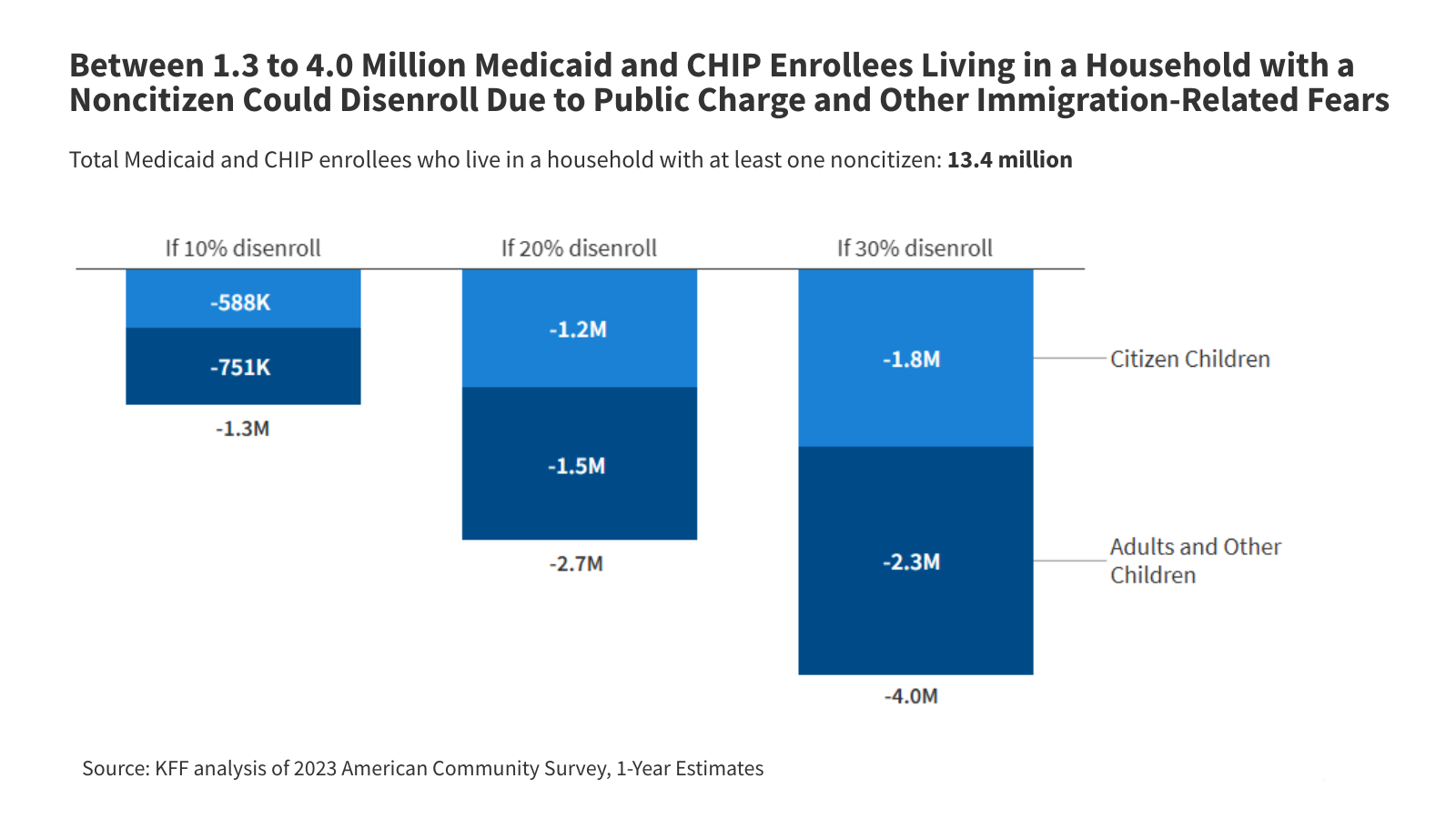Introduction
When used as contraception, fertility awareness-based methods (FABMs) rely on the ability to track ovulation to prevent pregnancy. FABM is an umbrella term for a variety of methods used to predict fertile and unfertile days during the menstrual cycle. Some contraceptive users may choose to use these methods because of a religious objection towards contraception involving drugs, devices, or surgical procedures, while others may prefer hormone-free methods of contraception. Oftentimes, users combine FABMs or use them in conjunction with other forms of contraception such as condoms. These methods are less effective at preventing pregnancy than other forms of reversable contraception such as the oral contraceptive pill, IUD, and implant.
In recent years, FABMs have gained attention following the increased spread of misinformation about hormonal contraception on social media, as well as Project 2025’s call for an increased focus on FABMs in the Title X program. Additionally, the Trump administration has announced that $1.5 million of Title X funding will be spent on fertility training centers aimed at addressing infertility through approaches such as FABMs. This fact sheet provides an overview of FABMs and their efficacy rates and discusses associated costs and insurance coverage of these methods.
Fertility Awareness-Based Methods
On average, each menstrual cycle has a fertile window of about six days—five days before ovulation, the day of ovulation, and up to 24 hours after ovulation—though this can vary from person to person. There are a range of tools available to help users identify their fertile days by either counting days on a calendar, observing and recording signs and symptoms associated with ovulation, or using a combination of these approaches (Table 1). FABM users who want to prevent pregnancy can remain abstinent or use a barrier method on their fertile days.
The term “FABM” is often used interchangeably with the term “natural family planning” (NFP). While this is technically correct, NFP is a subset of FABM that specifically excludes the use of drugs, surgical procedures, and barrier methods like condoms. Instead, users choose to remain abstinent on fertile days. Some religious institutions such as the Catholic Church encourage NFP for followers looking to delay or prevent pregnancy.
Calendar-based methods for tracking ovulation and fertility are some of the oldest forms of FABMs and include the Rhythm Method and the Standard Days (or Bead) Method. Users record the length of their menstrual cycles to predict their most fertile days in future cycles.
The majority of FABMs monitor and record signs and symptoms of ovulation to predict fertile days. These methods may require users to receive training from health care professionals to track daily changes to their basal body temperature (BBT), cervical mucus, or urine hormone levels. BBT measurements require a basal thermometer as it is more sensitive than a regular thermometer, and urine hormone measurements require a fertility monitor. Users often choose to track multiple indicators to prevent pregnancy more effectively.
The lactational amenorrhea method (LAM), or postpartum breastfeeding, may be used to temporarily prevent pregnancy. This method requires the postpartum parent to exclusively breastfeed their baby at least every 4 hours during the day and every 6 hours at night for up to six months (or until their menstrual cycle resumes) to delay ovulation. LAM requires strict adherence to be effective as contraception and is not suitable for postpartum parents who cannot exclusively breastfeed. It is unclear whether using breast pumps at the same frequency produces the same level of pregnancy prevention.
In addition to their use as contraception, FABMs play a crucial role in a growing movement among conservative policymakers called “Restorative Reproductive Medicine,” a practice meant to determine the root causes of infertility as well as promote fertility without the use of in vitro fertilization or artificial insemination. Similarly, “Natural Procreative Technology,” or NaPro, is another example of the role FABMs play outside of contraception. NaPro is a “fertility-care based” health care approach combining FABMs with “gynecologic health monitoring and maintenance. Though the terminology is relatively new, these practices are already included in standard gynecological and fertility care.
Use and Efficacy
In the United States, people who use FABMs to prevent pregnancy often pair them with another contraceptive method. Data from the 2024 KFF Women’s Health Survey show that 13% of women ages 18 to 49 used FABMs as contraception at some point in the last year. Individuals seeking to prevent pregnancy may choose these methods because they are hormone-free, low cost, or for religious or health reasons.
The effectiveness of FABMs in preventing pregnancy depends on the accuracy of the specific method used, the ability of the user to correctly interpret their biological signs of fertility, and the user and their partner’s ability to avoid unprotected sex during the fertile window or use a condom during that phase (Table 2). Failure rates vary across methods and range from 2 to 34 pregnancies for every 100 women per year with typical use. With perfect use, some clinical trials suggest FABMs have low failure rates. LAM, for example, is highly effective if the breastfeeding parent: 1) has amenorrhea, 2) exclusively breastfeeds at least every four hours during the day or every six hours at night, and 3) is less than six months postpartum. In comparison, less than one in 100 women using an IUD or implant, and approximately seven in 100 women using oral contraceptive pills, may become pregnant in one year of typical use.
Limitations
FABMs may prevent pregnancy for some, but there is significant room for human error that may result in unintended pregnancy, making them less effective than most other hormonal and non-hormonal contraceptive options. FABMs require significant commitment from both the user and their partner. Users are often advised to track at least six menstrual cycles to learn about their cycle length and fertility indicators before relying on an FABM to prevent pregnancy, which may leave them vulnerable to unintended pregnancy if no other contraceptive method is used during this initial period. Users must also monitor signs of fertility either daily or multiple times a day, as well as correctly interpret their observations. Finally, both the user and their partner must be able to remain abstinent or use a barrier method during the fertile window.
FABMs may not be suitable for everyone, especially for those who have irregular menstrual cycles. Calendar-based methods, for example, rely on the length of menstrual cycles regularly being between 26 and 32 days each month. Health conditions, stress, alcohol, medications, or life events affect the predictability of menstrual cycles, making FABMs less reliable. Some preliminary research suggests that clinician knowledge and perceptions of FABMs may play a role in patients’ success in using FABMs as contraception. In a survey of clinicians working in Title X clinics, providers identified several barriers to offering FABMs, including a lack of training on these methods, lack of time for counseling, low demand from patients, lower success rates, and preference for more reliable methods of contraception. Though some respondents reported providing education materials to patients upon request, they may not have had information on all FABMs. In addition, respondents perceived FABMs to be inappropriate for their patients’ needs.
Technology and Access
The correct use of FABMs requires consistency and users to have varying levels of training and technology. For calendar-based methods, users may use a physical calendar, CycleBeads, or mobile apps to track the days of their menstrual cycle. Some fertility tracking apps, such as Daysy, have tools specifically designed to sync user information to their associated app. Daysy syncs with its own BBT thermometer to digitally record the user’s temperature throughout their cycle. Other apps use algorithms to interpret user data to predict an individual’s daily risk of pregnancy. FABMs that track multiple signs of fertility sometimes require training with a licensed instructor to ensure proper use, particularly if the method has a unique system for recording these indicators such as symbols or colors.
In 2018, the Natural Cycles app became the first FDA cleared mobile medical app that can be used as contraception. The app operates by tracking the user’s daily BBT and uses an algorithm to identify fertile days and “not fertile” days. Unlike other fertility-tracking apps, Natural Cycles states that the app uses an algorithm that is personalized to the user based on their unique temperature and cycle data. In general, mobile health apps that meet the FDA’s definition of a mobile medical app or device must be approved and regulated by the FDA. While apps that do not meet this definition are exempt from FDA review, they must register with the FDA and comply with general regulations.
Over the years, health apps have come under scrutiny due to privacy concerns. In a post-Roe reproductive health landscape, users of period-tracking and fertility apps have taken to social media to caution other users about data privacy and protection, particularly for personal and identifiable information. In response, apps such as Flo have updated their privacy policies to include options such as “Anonymous Mode,” though research suggests that health apps can do more to improve user privacy.
Coverage and Cost
Federal guidelines such as the CDC’s and the Office of Population Affairs’ Providing Quality Family Planning Services (QFP) and HRSA’s recommendations for preventive services for women state that offering women the full range of FDA-approved contraceptive methods, including FABMs, is a critical element of quality family planning care. From 2022-2023, 60% of all family planning clinics and 81% of Planned Parenthood clinics offered FABM instructions or supplies.
The cost of supplies varies by method. Tools such as basal body thermometers generally cost between $10 and $20, and many fertility awareness apps in the U.S. are free to use, though some apps require subscriptions. For example, the Kindara app offers a $5 monthly subscription and a $50 annual subscription, as well as the optional Kindara Wink oral thermometer for $129. Without insurance, Natural Cycles has a $150 annual subscription that includes the Natural Cycles Thermometer, as well as a $22 monthly subscription with the option to purchase the thermometer for an additional $40. The app also syncs with the Oura Ring and certain Apple Watch models, but these devices are sold separately and not covered by insurance.
As an FDA cleared birth control method, Natural Cycles is included in the ACA’s contraceptive coverage policy, which requires most private plans and Medicaid expansion programs to cover contraceptives for women that are prescribed by a clinician. Natural Cycles is covered by most major health insurance plans, though coverage is limited to the annual subscription with a prescription from a healthcare provider. As an over-the-counter product, coverage is not necessarily required under Medicaid. In a 2021 KFF state survey of Medicaid family planning services, few states reported covering Natural Cycles in their programs.
Some methods, such as the Creighton Model Fertilitycare System (CrMS), require classes from trained instructors. CrMS costs for the first year of use vary by instructor or program, but typically include an introductory session, an instructional kit, and at least eight follow-up sessions with an instructor, all of which can easily exceed $200. Health insurance coverage of these instructional classes varies by insurance provider and state policies.
Contraceptive information is pervasive on social media, with nearly four in ten (39%) women of reproductive age saying they have seen or heard something on social media about birth control in the past 12 months. Some prominent social media influencers have utilized their social networks to share their negative experiences with and rationale for discontinuation of hormonal birth control methods such as oral contraceptive pills or intrauterine devices (IUDs), sometimes making false claims about the harms and efficacy of hormonal contraception. A content analysis of Pinterest in 2021 and TikTok in 2023 found that FABM-related pins conveyed more benefits than barriers, while pins about oral contraceptive pills conveyed more barriers than benefits.









